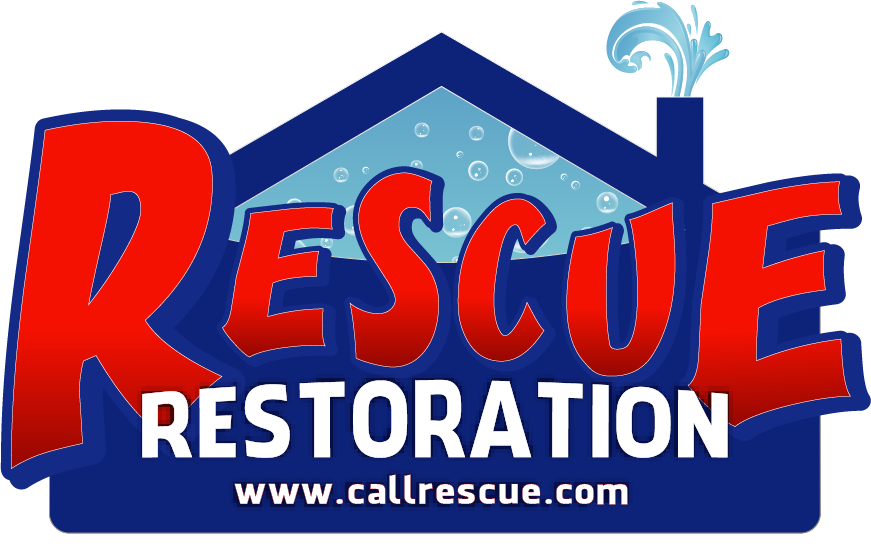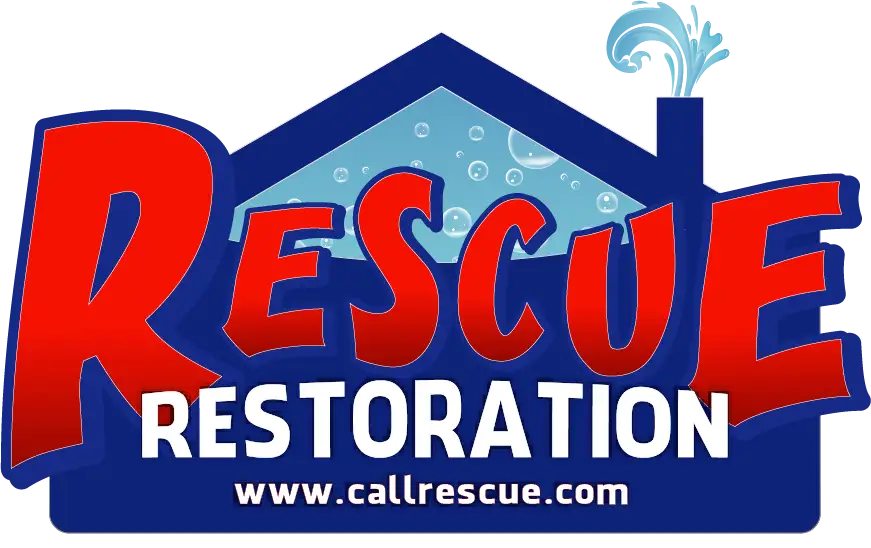Top 6 Fire Safety Tips for the Holidays

The holiday season is a time of joy, celebration, and togetherness. It’s a time when families come together to decorate their homes, light up the streets with festive displays, and create lasting memories. However, with all the festivities, it’s important not to overlook one critical aspect of holiday preparation: fire safety.
During the holidays, the risk of fires in and around the home increases significantly. From Christmas trees and decorative lights to candles and cooking, there are many potential fire hazards to be aware of. To make sure you have a safe and happy holiday season, here are the top 6 fire safety tips you should keep in mind.
1. Carefully Choose and Maintain Your Christmas Tree
A beautifully decorated Christmas tree is a centerpiece of holiday décor in many homes. However, it can also be a fire hazard if not handled properly. Here’s what you should do:
- Choose a fresh tree: If you opt for a real tree, make sure it’s fresh and green. Dry trees are highly flammable. Look for one with needles that don’t easily fall off when touched.
- Water your tree: Keep the tree stand filled with water to prevent it from drying out. A well-hydrated tree is less likely to catch fire.
- Keep it away from heat sources: Position your tree at least three feet away from heat sources like fireplaces, radiators, and space heaters.
2. Inspect and Maintain Holiday Lights
Holiday lights are a significant part of the holiday décor, but they can pose a fire risk if they are damaged or old. Follow these guidelines:
- Inspect lights before use: Check for frayed wires, loose connections, and damaged bulbs. Discard any damaged sets and replace them.
- Use indoor lights indoors and outdoor lights outdoors: Make sure you’re using lights designed for the appropriate environment to avoid potential hazards.
- Don’t overload outlets: Avoid plugging too many lights into a single outlet or using extension cords for extended periods. Overloading can lead to overheating and fires.
3. Practice Safe Candle Usage
Candles can create a warm and cozy atmosphere during the holidays, but they are also open flames. To use them safely:
- Keep candles away from flammable items: Place candles on sturdy, non-flammable surfaces, away from curtains, decorations, and other combustible materials.
- Never leave candles unattended: Always extinguish candles before leaving a room or going to bed.
- Consider flameless alternatives: LED candles can provide the same ambiance without the fire risk.
4. Be Cautious in the Kitchen
Cooking is a big part of holiday celebrations, but it’s also a common source of home fires. Here’s how to stay safe:
- Never leave the kitchen unattended while cooking: Stay vigilant when using stovetops, ovens, and other cooking appliances.
- Keep flammable objects away: Ensure kitchen towels, oven mitts, and other flammable items are kept away from hot surfaces.
- Have a fire extinguisher ready: Make sure you have a working fire extinguisher in the kitchen, and know how to use it.
5. Create an Escape Plan
In case of a fire emergency, it’s crucial to have an escape plan in place. Discuss and practice this plan with your family:
- Determine escape routes: Identify multiple exits from each room and establish a meeting point outside.
- Test smoke alarms: Ensure smoke alarms are working correctly and replace batteries as needed.
- Educate children: Teach your children what to do in case of a fire, including how to dial 911.
6. Be Mindful of Decorations
Holiday decorations can add charm to your home, but they can also pose fire risks:
- Choose flame-resistant decorations: Opt for decorations made from fire-resistant materials whenever possible.
- Keep decorations away from heat sources: Ensure that decorations, especially those with lights, are placed safely away from heaters, candles, and other sources of heat.
Contact Rescue Restoration in Dallas-Fort Worth for All Your Fire Mitigation Needs
The holiday season is a time for joy, but it’s also a time to be vigilant about fire safety. By following these top 6 fire safety tips, you can protect your home and loved ones while enjoying the festivities. Remember, a little precaution can go far in ensuring a safe and happy holiday season for everyone. For all your fire mitigation needs, contact Rescue Restoration today!







